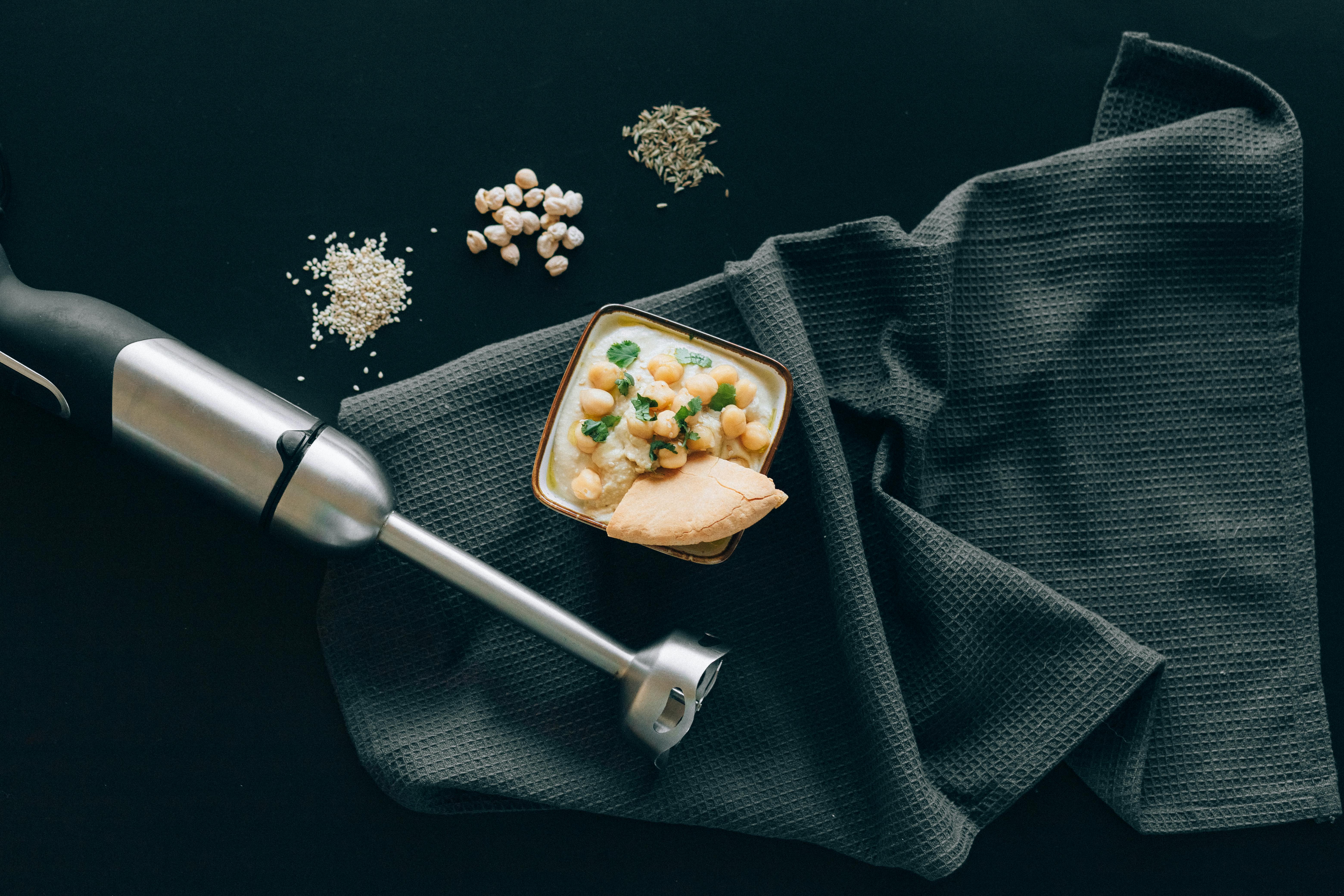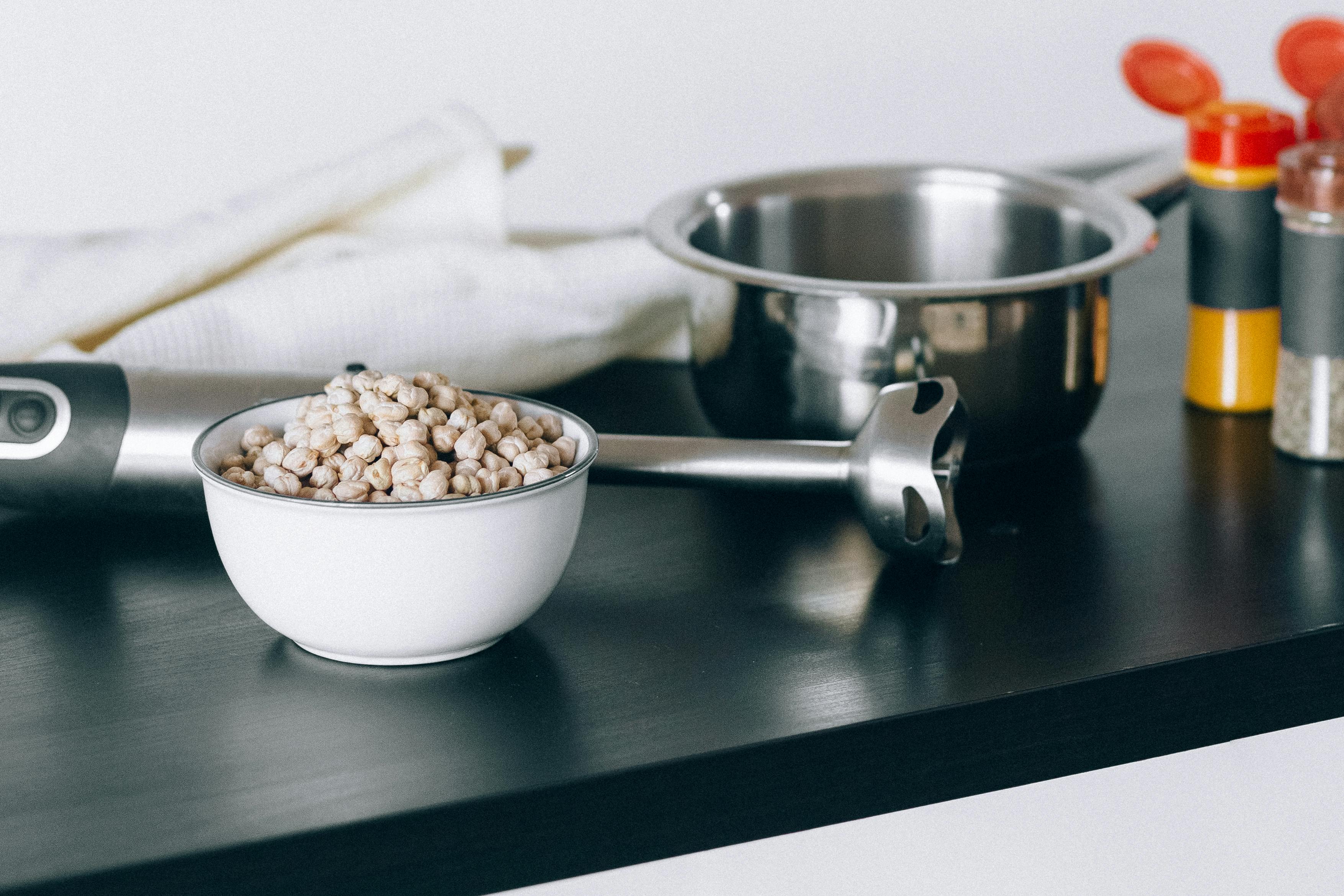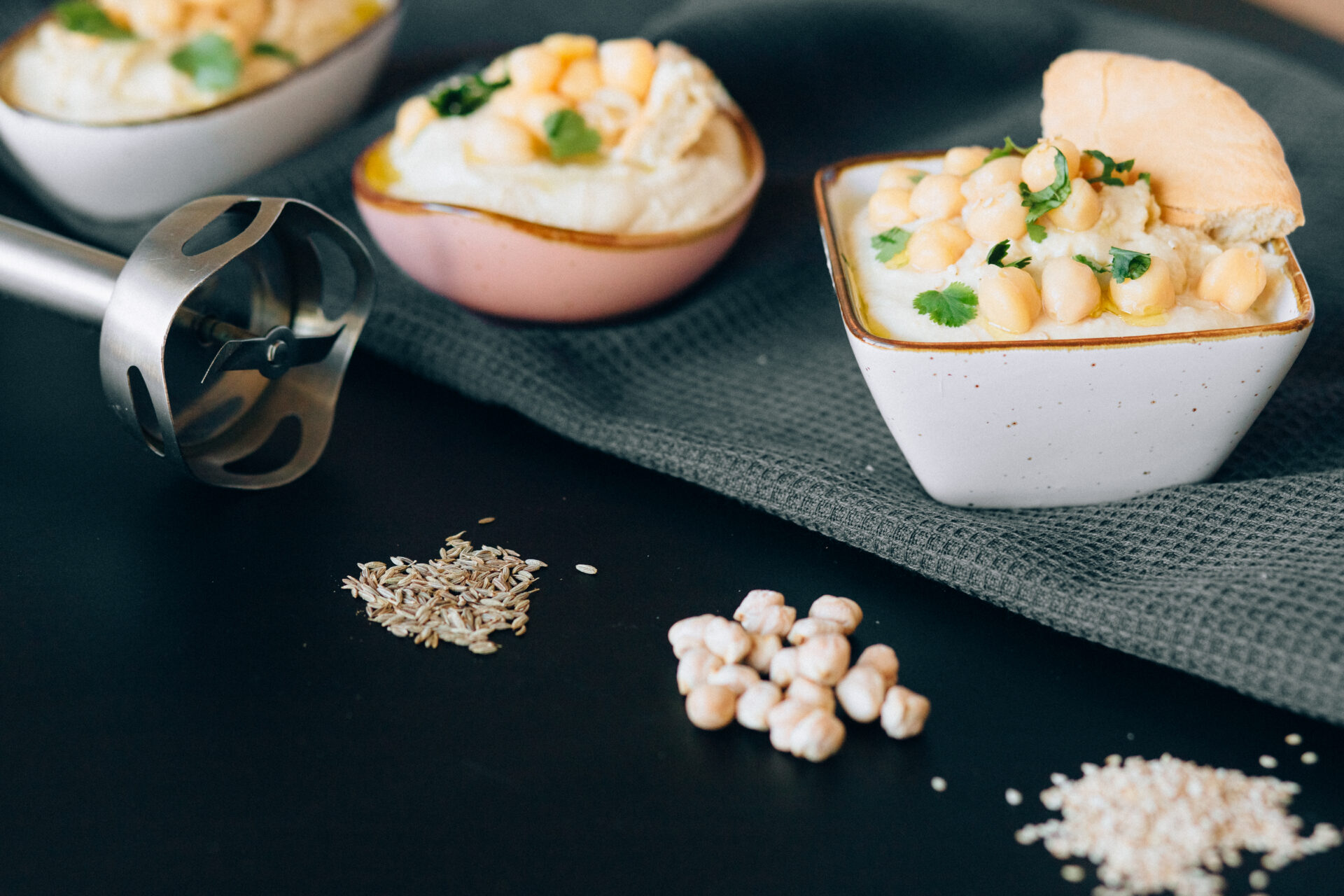Ball pythons, or Python regius, are one of the most popular pet snakes due to their small size, docile nature and relatively low cost. There is much interest in how quickly these snakes grow, and this article will explore the rate of growth for ball pythons. We will look at factors that influence growth, such as age, sex and diet, as well as examining what size these snakes can reach.Ball pythons grow relatively quickly in their first few years of life. They can grow up to 3 feet long in a year, and can reach their full adult size of 4-5 feet within 3-4 years.
Factors Affecting Ball Python Growth
Ball pythons are among the most popular pet snakes, and they can make great companions for the right owner. However, like any other animal, ball pythons need certain conditions to thrive. Knowing the factors that affect ball python growth is essential for providing your pet with the best possible care.
Temperature and humidity play a crucial role in a ball python’s growth. The ideal temperature range for a ball python is between 78 and 88 degrees Fahrenheit (25-31°C). During the day, you should aim to keep your ball python’s habitat between 80-84°F (27-29°C). At night, you can drop the temperature slightly to 78-82°F (26-28°C). Humidity should be kept between 50 and 60%, though you may need to adjust this based on your individual pet’s needs.
Diet is also an important factor in ball python growth. Young ball pythons should be fed small meals every 5 to 7 days, while adult pythons should be fed every 10 to 14 days. Live prey is typically preferable for optimal nutrition, but some pythons may accept pre-killed food or frozen prey as well. When selecting prey items, it’s important to provide them with food that is appropriately sized for their body size; smaller prey items may be too hard for them to digest properly.
Finally, it’s important to provide your pet with ample opportunities for exercise and activity. This can include providing them with branches and other climbing surfaces in their enclosure or taking them out of their cage for daily handling sessions. Regular exercise will help them stay healthy and active as they grow older.
By understanding the factors that affect ball python growth and taking steps to provide an appropriate habitat for your pet, you can help ensure that they are happy and healthy for years to come!
How Much Do Ball Pythons Weigh as Adults?
Adult ball pythons typically weigh between 1-5 kilograms (2.2-11 lbs). The average weight is usually around 2.5-3 kilograms (5.5-7 lbs). The size and weight of adult ball pythons can vary greatly, depending on the species, genetics, and environment in which they are kept. However, most ball pythons reach an average length of 1 to 1.5 meters (3-5 ft).
The age at which a ball python reaches its full size and weight also varies greatly depending on the species and environment. Generally speaking, a female ball python will reach its full size and weight by the age of 3 to 4 years, while males typically reach maturity at 2 to 3 years of age.
Ball pythons can live up to 40 years in captivity if they are given proper care and attention. As they age, however, they may become less active due to declining muscle mass and energy levels. Therefore, it is important to provide a healthy diet with plenty of vitamins and minerals for your ball python throughout its life in order for it to stay healthy and happy.
It is important to note that the amount of food a ball python needs will vary depending on its size and activity level. A larger adult snake may require more food compared to a smaller one because it has more body mass to maintain. Additionally, if your snake is very active or lives in an environment with cooler temperatures then it may need more food than if it was inactive or lived in warmer temperatures.
Overall, adult ball pythons typically weigh between 1-5 kilograms (2.2-11 lbs) with an average weight of 2.5-3 kilograms (5.5-7 lbs). The size and weight of an adult snake can vary greatly depending on species, genetics and environment but most reach an average length of 1 -1 .5 meters (3 – 5ft). It is important to provide proper care for your snake throughout its life so that it remains healthy and happy!
Average Length of a Ball Python
Ball pythons are one of the most popular pet snakes, and they can make a great addition to any home. One of the most important things to consider when buying a ball python is its size, so it’s important to know the average length of a ball python. On average, adult ball pythons are between 3 and 5 feet long, with some individuals reaching lengths over 6 feet. Hatchlings generally measure between 8 and 10 inches in length.
The size of a ball python is largely determined by its age and genetics, so it’s possible for some snakes to be larger or smaller than the average size. It’s important to keep in mind that regardless of its size, all ball pythons should be provided with an enclosure that is large enough to accommodate their growth.
Ball pythons can grow quickly during their first year of life, adding several inches in length per month. After their first year, growth slows down significantly and continues at a slower pace until adulthood is reached at around 3-4 years old. At this point, their growth will slow down even further and they will likely not grow more than another foot or two in length.
In conclusion, the average length of a ball python is between 3 and 5 feet long for adults, with some individuals reaching even longer lengths. Hatchlings typically measure 8-10 inches long at birth and can grow several inches each month during their first year before slowing down as they reach adulthood.
How Long Does it Take for a Ball Python to Reach Maturity?
Ball pythons typically reach sexual maturity between 2 and 3 years of age, although some may reach maturity earlier or later depending on their individual growth rate. On average, males will reach sexual maturity earlier than females. It is important to note that ball pythons will continue to grow even after reaching sexual maturity, becoming larger and heavier as they age. The size and weight of a mature ball python can vary greatly depending on the individual’s genetics and environment.
Once a ball python reaches sexual maturity, they will be able to reproduce. Breeding is an involved process and should only be undertaken by experienced herpetoculturists who are knowledgeable in the care and handling of these animals. It is also important to note that captive-bred sub-adults (animals less than 3 years old) should not be bred as they may not have reached full maturity yet.
In addition to physical maturity, ball pythons also need time to mentally mature before being bred. This usually requires at least one year of additional growth so that the animal can adjust fully to its captive environment before breeding takes place.
Overall, it typically takes anywhere from 3 – 4 years for a ball python to reach physical and mental maturity, although this can vary greatly depending on the individual animal’s genetics and environment. With proper husbandry and care, a mature ball python can live for several decades in captivity.

Average Lifespan of a Ball Python
The average lifespan of a ball python is 20-30 years. This is the typical life expectancy for captive ball pythons, although some may live up to 40 years. In the wild, however, the average lifespan of a ball python is shorter due to predation and other environmental factors.
Ball pythons can make great pets if properly cared for. It is important for prospective owners to do their research before purchasing one. An ideal environment should include a warm and humid enclosure with plenty of hiding spots and a suitable substrate such as aspen shavings or coconut fiber bedding. The humidity should be maintained between 50-60% and the temperature should be kept between 79-90 degrees Fahrenheit during the day, with cooler temperatures at night.
A proper diet is also essential for keeping your ball python healthy. Most ball pythons feed on mice or rats that are appropriately sized for their age and size. Live prey should never be given, as it can cause injury or death to the snake, nor should they be overfed as this can lead to obesity which can reduce their lifespan significantly.
Overall, with proper care and attention, your pet ball python can live a long and healthy life in captivity!
Diet of a Growing Ball Python
A growing ball python requires an appropriate diet in order to stay healthy and reach its full potential. The diet should consist of small, appropriately sized prey items such as mice, rats, and chicks. Feeding them once or twice a week is typically sufficient for growing ball pythons. Prey items should be no larger than the widest part of the snake’s body. It is important to monitor your snake’s weight and adjust the size of their prey items accordingly.
It is important to ensure that the prey items are not only the right size, but also provide enough nutritional value for the snake. Live prey can be used as long as they are monitored closely to make sure that they do not harm the snake when consumed. It is recommended to feed your snake frozen/thawed prey items for safety reasons. Frozen/thawed rodents should be warmed up to room temperature before being offered to your ball python.
In addition to feeding live or frozen/thawed rodents, you may also offer your snake an occasional treat such as thawed pinky mice or day-old chicks. These treats should be limited to no more than once a month and should not make up more than 10% of their total diet. Offerings such as waxworms, mealworms, superworms, and hornworms can also be offered occasionally as treats; however, these items should only make up a very small portion of their overall diet due to their lack of nutritional value compared with rodents.
It is important to note that ball pythons benefit from a varied diet; however, it is essential that they receive an adequate amount of protein in order for them to grow and develop properly. If you are unsure about what type of food would best suit your snake’s dietary needs, it is best to consult with an experienced reptile veterinarian or breeder for advice on how best to feed your growing ball python.
What Environment is Optimal for Growing Ball Pythons?
Ball pythons are a popular pet snake species due to their docile nature and interesting patterns. They thrive in warm, humid environments, so proper care is essential to ensure they live a healthy and happy life. The optimal environment for growing ball pythons should mimic their natural habitat, including temperature, humidity, and lighting requirements.
A temperature gradient of 75-85°F (24-29°C) is ideal for ball pythons. It’s important to provide a warm side and a cooler side so the snake can regulate its body temperature according to its needs. A drop of 10-15°F (5-8°C) during the night is also beneficial. Humidity should be maintained between 50%-60%, as these snakes prefer an environment with higher humidity levels than most other pet snakes. You can also provide a shallow water bowl for the snake to soak in, which will help maintain the desired humidity level in its enclosure.
In terms of lighting, it’s best to provide your ball python with 12 hours of light each day. This can be achieved with either natural or artificial light sources such as UVB bulbs or LED lights. Providing your snake with enough light will help keep it healthy by stimulating natural behaviors such as basking and digestion. Additionally, make sure that whatever type of light you use provides enough heat – UVB bulbs should be placed within 10 inches of the basking spot and LEDs should be positioned close enough that your snake can benefit from their warmth without being too hot or too cold.
In summary, ball pythons require an environment that replicates their natural habitat – warm temperatures (75-85°F), moderate humidity (50%-60%), and sufficient lighting (12 hours per day). With the right care, you can create an optimal environment for your pet ball python that will ensure its health and well-being.

Conclusion
Ball pythons are one of the most popular pet snakes in the world. They are relatively small and can be easily handled and cared for, making them an ideal pet for many people. Ball pythons grow quickly in their first few years, reaching an adult size of 3-5 feet within two to three years. As they grow older, they will become more inactive and their growth rate will slow down considerably. It is important to properly feed your ball python as they grow in order to ensure healthy growth and development. With proper care and nutrition, ball pythons can live up to 20-30 years in captivity.
In conclusion, ball pythons are a great pet for many people because of their size and temperament. They can reach full size within two to three years with proper nutrition and care. With the right environment and diet, your ball python can live a long life in captivity.




